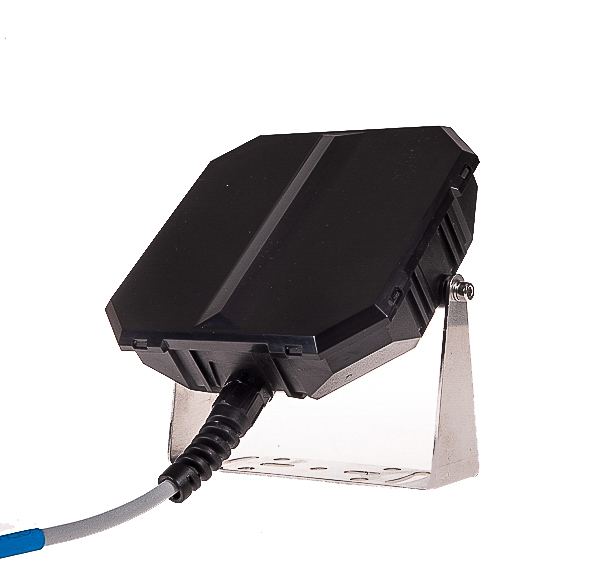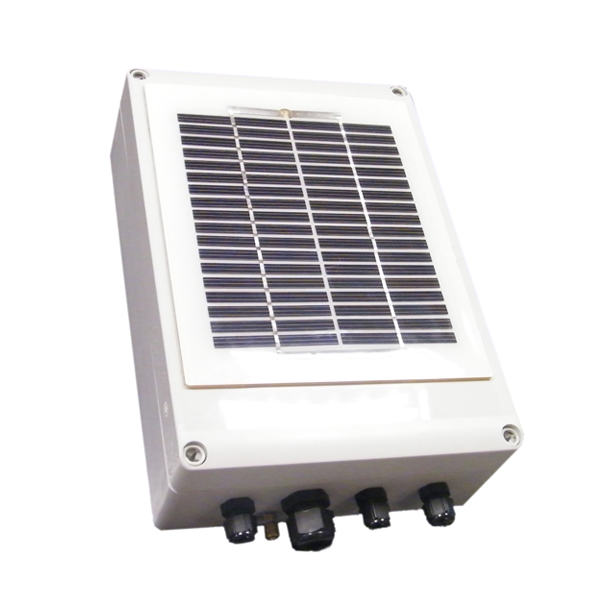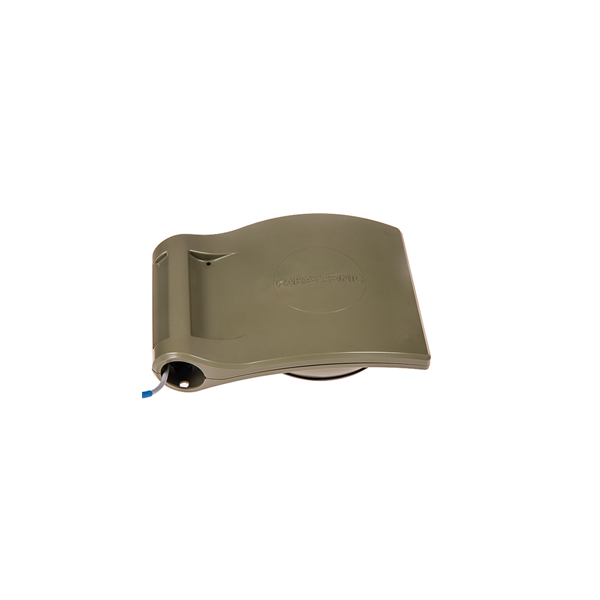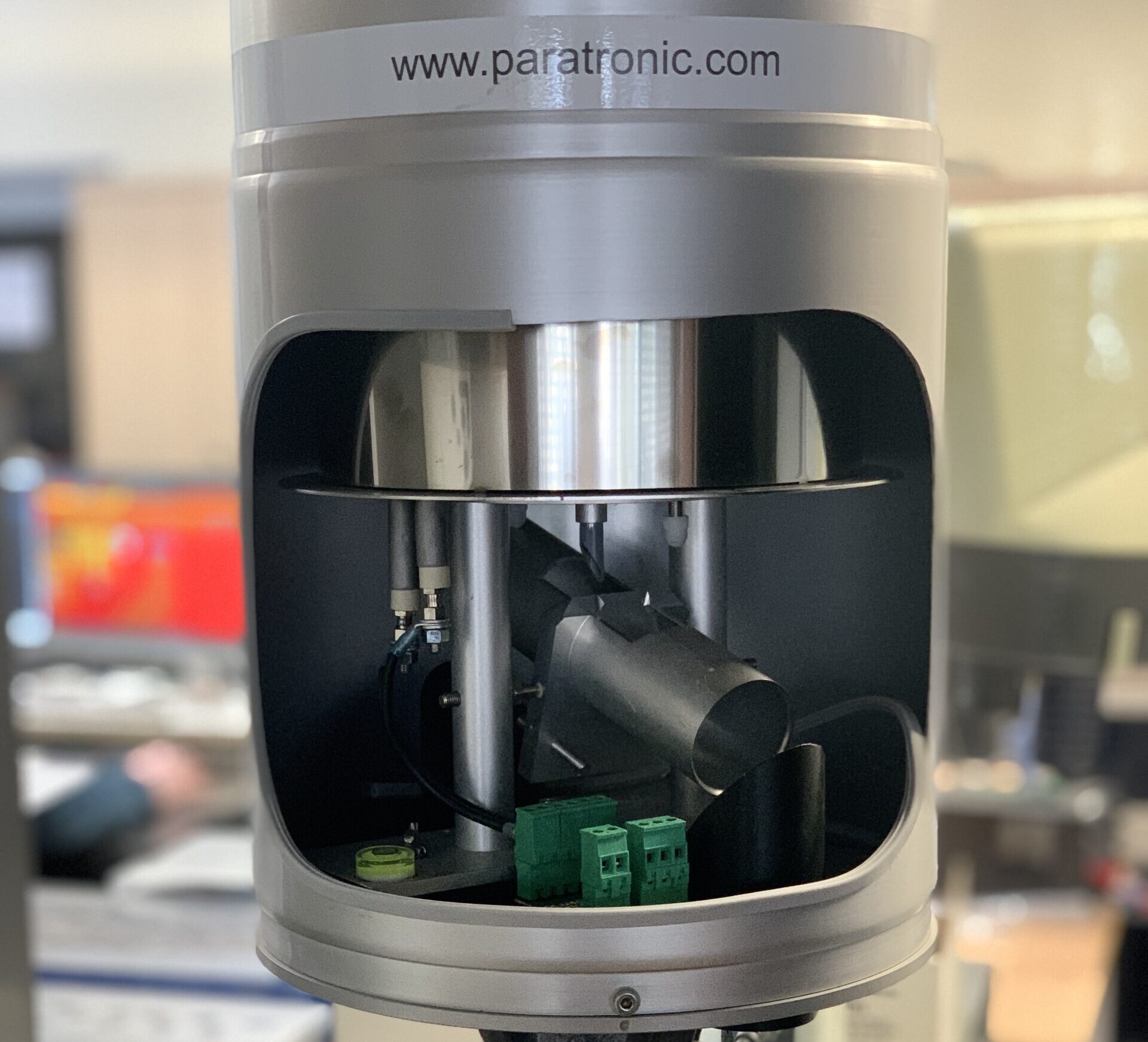

If you have any interest in the field of water, you have probably already read or heard the acronym GEMAPI.
This is a very specific competence that the French state has entrusted to the inter-municipalities (metropolises, urban communities, communities of agglomerations, communities of communes) since January 1, 2018.

What is the LNS? The LNS station responds to a need to measure data related to natural hazards, water management, etc. It is integrated into a measurement system that contains two structural elements: the sensory organs (the sensors that will measure the data), and the acquisition station that will retrieve and process the sensor data.

What is the purpose of the NRV sensor?
The NRV radar sensor is used to measure the level of liquids, mainly water. [...] The main advantages of the NRV radar sensor are its low power consumption and short heating time

What is TBR? TBR is a transceiver unit for licence-free radio transmission. It allows information to be transmitted from one point to another via radio waves. The TBR radio transceiver is a small box to which various sensors can be connected.

The CRUZOE sensor is an airborne sensor using radar technology. Its primary use is to measure and monitor the height of stable or moving liquids: in the vast majority of applications, it is used to measure water levels.
The CRUZOE radar sensor is designed specifically for use in outdoor environments.

What is the purpose of the US6/US10 sensor?
The US6/US10 is a level sensor that allows a height measurement (air draft) without contact with the liquid.
The US6 sensor has a full scale of 6m, while the US10 sensor has a full scale of 10m.

What is the PLV 400 Rain Gauge?
The PLV 400 is an automatic rain gauge of 400 cm² with double tilting buckets.
The incrementing volume of the measurements corresponding to 0.2mm of rain (or 0.1 on request) is made by a magnetic contact of the "REED" type.